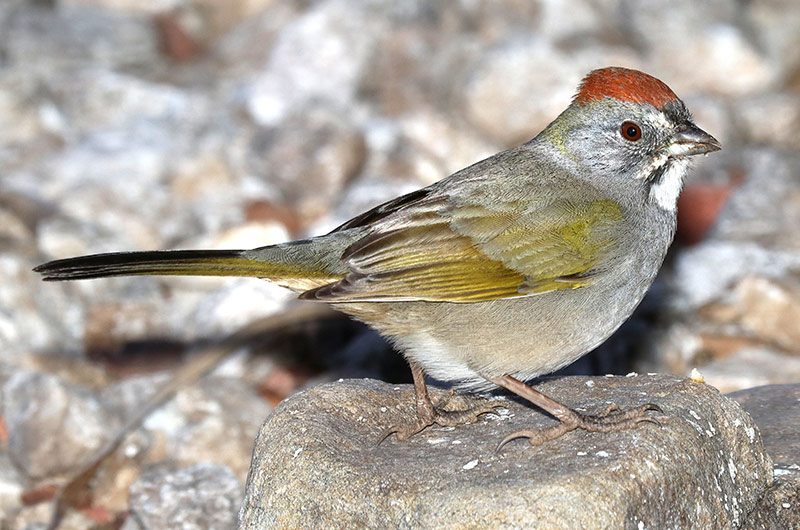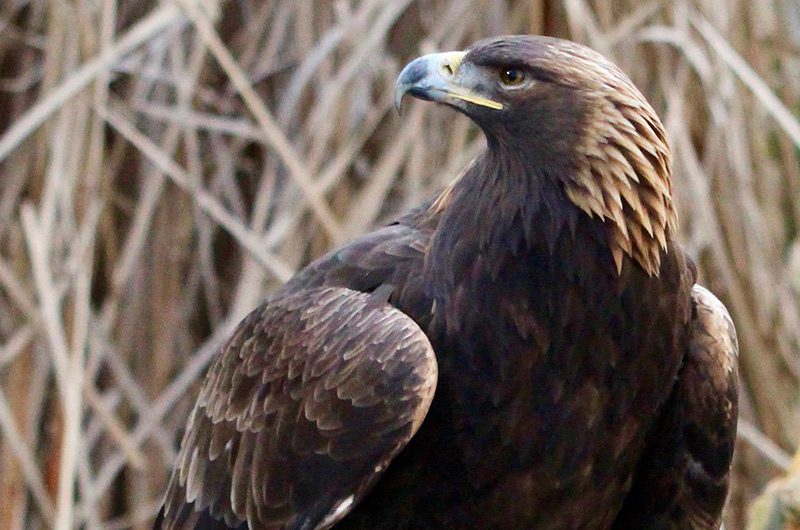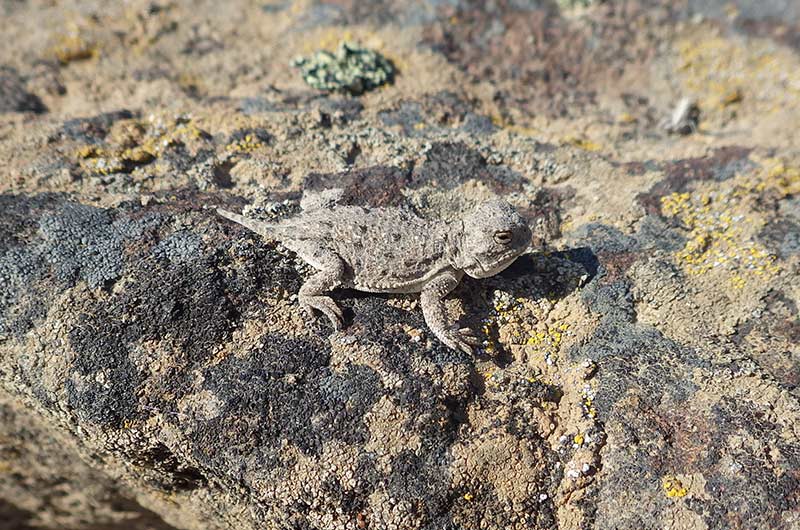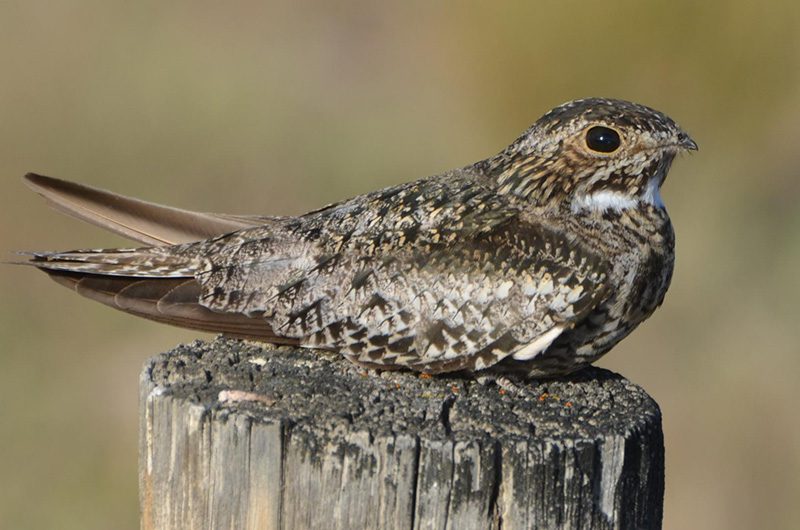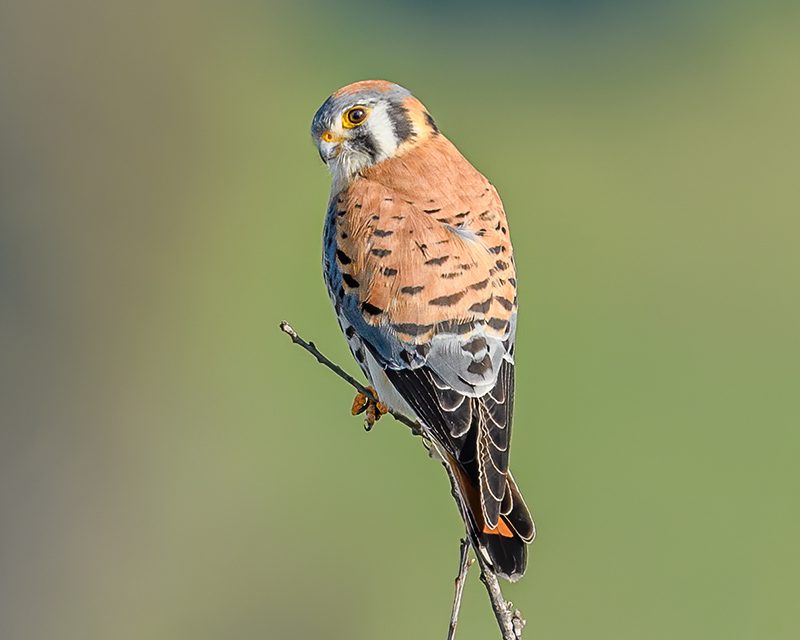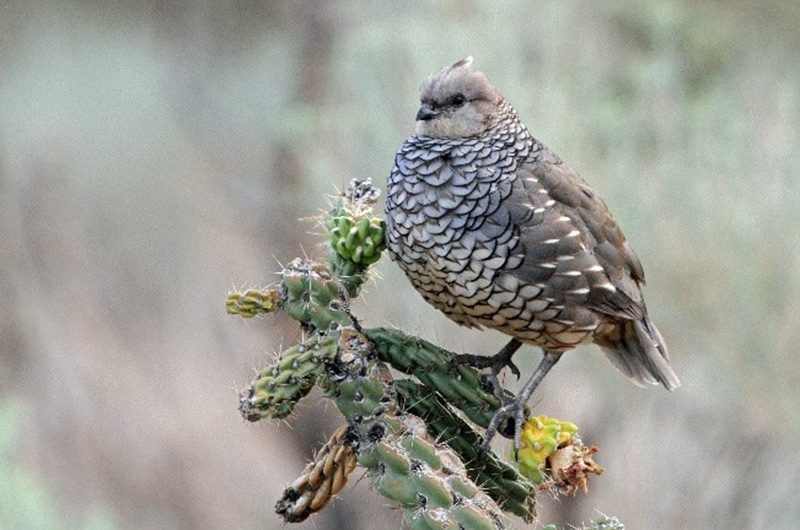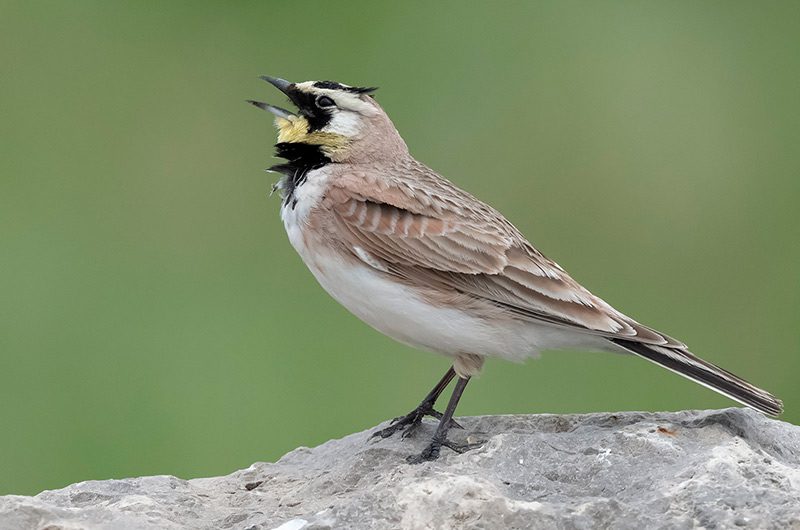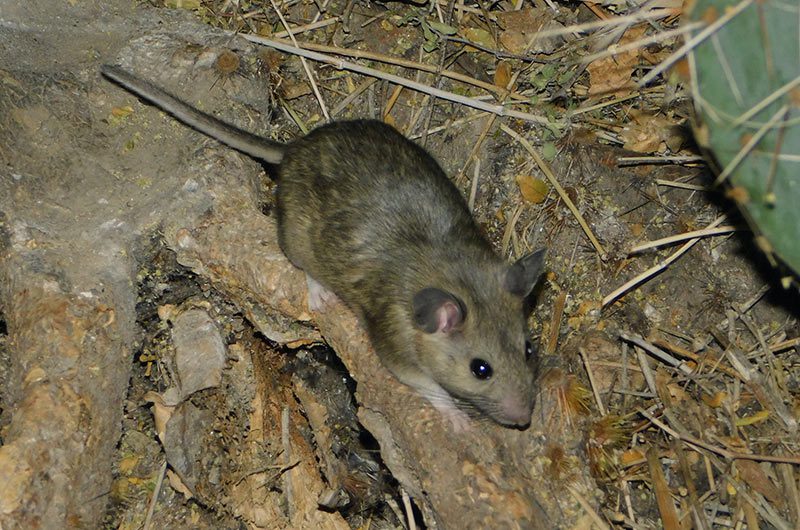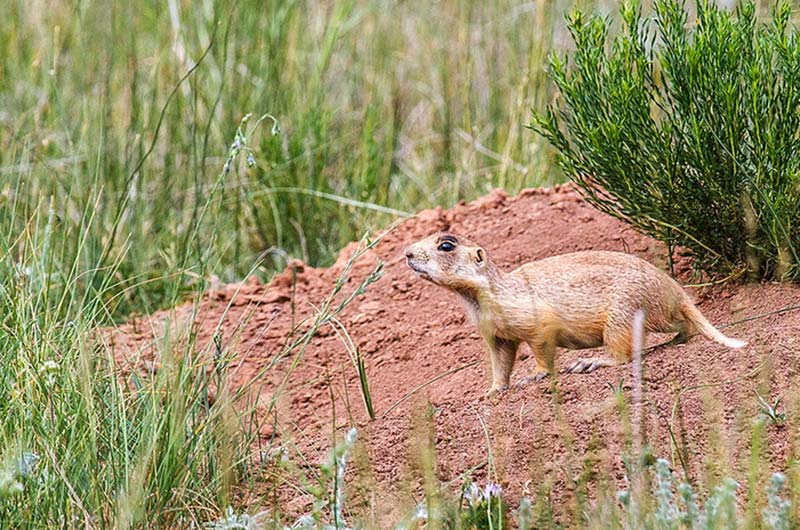LandPKS Learning
Habitat Hub
Factsheets and other helpful resources about the wildlife species living on your land (US only)
- 1
- 2
Green-tailed Towhee
Green-tailed towhee pairs may attempt to renest four times or more during the breeding season if a nest fails. They will initiate a nest as late as mid-July, even though many leave the breeding grounds for their winter range by mid-August.
Read moreGolden Eagle
Although capable of killing large prey, golden eagles primarily hunt rabbits, hares, ground squirrels, and prairie dogs. It takes a juvenile bird four years to reach adulthood, juveniles typically don’t have territories and don’t migrate far from their natal territories (where they hatched). They disperse and ”hang around” the region for several years.
Read morePygmy Short-Horned Lizard
Pygmy short-horned lizards emerge from a period of inactivity in the spring for mating season, where females give birth to 3-15 young. They are typically sexually mature within two years of birth.
Read moreCommon Nighthawk
Male common nighthawks are known for their dramatic “booming” flight display. When flying above the trees, a male will dive towards the ground and abruptly pull out of the dive, sometimes just above the ground. As he flexes his wings downward, the air rushes across his wingtips, making a booming or whooshing sound. The male may dive to impress a female or scare intruders, such as people.
Read moreAmerican Kestrel
Kestrels hide surplus prey in grass clumps, tree roots, bushes, fence posts, tree limbs, and cavities, to save the food for lean times or to hide it from thieves. In winter in many southern parts of the range, female and males use different habitats. Females use the typical open habitat, and males use areas with more trees. This situation appears to be the result of the females migrating south first and establishing winter territories, leaving males to the more wooded areas.
Read moreLesser Long-nosed Bat
The lesser long-nosed bat pollinates saguaro, cardon, and organ pipe cactus and agave flowers. As the bat feeds on the nectar, the bat’s face and neck fur become covered with pollen. Lesser long-nosed bats also disperse the seeds of the columnar cacti fruits by feeding on them.
Read moreScaled Quail
Scaled quail populations can fluctuate each year in response to weather in a boom-bust cycle, mainly from a lack of rain or heavy snowfall. These weather events reduce food supplies and cause mortality, but quail population can rebound in years with ample food. They typically have short life spans but high reproductive potential.
Read moreHorned Lark
The female Horned Lark selects a nest site on bare ground, apparently with no help from her mate. She uses her bill to loosen soil and flip it aside to dig a cavity, sometimes also kicking dirt out with her feet. She either chooses a natural depression in which to build the nest or excavates the site herself, a process that can take several days.
Read moreWhite-throated Woodrat
The white-throated woodrat is also called a packrat. They will live in burrows, caves, or construct elaborate middens of coarse woody debris, vegetation, and cactus joints. Middens or dens are built at the base of trees, shrubs, and cacti using locally available materials such as spiny plant parts from cholla, prickly pear, mesquite, and catclaw, likely as protection from predators. Middens can get as large as 3 ft/0.9 m high and 10 ft/3 m in diameter.
Read moreUtah Prairie Dog
Utah prairie dogs reproduce more slowly than other rodents and have high mortality rates. Although females mate and produce litters in their first year, less than half of males mate in their first year. Females give birth to a single litter each year, averaging 3-5 young. However, fewer than 60% survive their first year and 30% survive their second year.
Read more- 1
- 2
Mobile App | Data Portal | Knowledge Hub | Habitat Hub | Learning Collections | Blog | About | Contact | Support

